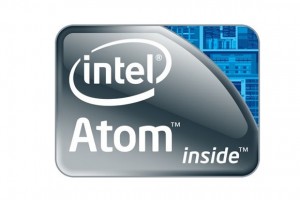

The addition of these chips makes for a fuller portfolio of processors, ranging from low-end to just short of Core M. On the lowest end is Intel's first mobile SoC, the “SoFIA” series, now called the Intel Atom X3 processor, aimed at the entry level/value market. As Intel's best hope for the smartphone market, it's 64-bit enabled, boasts 3G now and 4G later this year, has an application processor, Wi-Fi, Bluetooth, NFC, will support 13MP front and 5MP rear facing cameras, as well as Android and Windows (Tom's Hardware).
Bay Trail's successor, the Cherry Trail SoC series, now called the X5 and X7, are designed for next-gen, 7-inch to 10.1-inch tablets and 2-in-1s. Unlike Bay Trail parts, which were fabricated at 22-nm, the X5 and X7 are Intel's first Atom chip built on the 14-nm process. Aimed at mainstream mobile devices, the X5 chips lack an integrated radio, but sport a great improvement in graphics (Intel Gen 8 level), while the X7s can sport higher performance. Both will use RealSense technology in its cameras (which we first heard about last year), allowing for powerful post-photo editing, measurement tools, and 3D depth imaging (Tom's Hardware).
Looks like bigger players mean bigger standing in the mobile market (hopefully). It's definitely a good thing for Intel to provide both entry-level and mid-ranged chips so its availability can become higher than ever. This is an achievement, and so was Intel reaching its own goal of getting its chips into 40 million tablets last year. Now, it just needs to continue that upward spiral while successfully fulfilling that smartphone niche if it ever wants to go head-to-head with Qualcomm.

 Laptop & Tablet Parts
Laptop & Tablet Parts




















